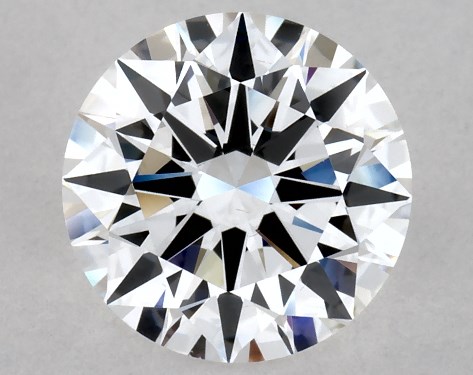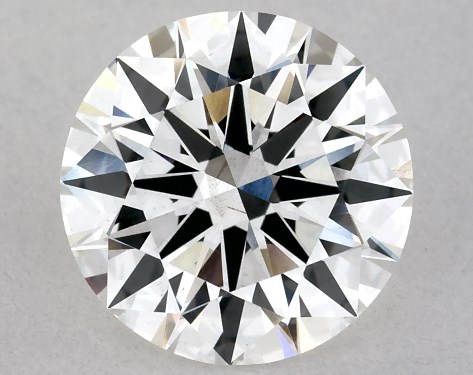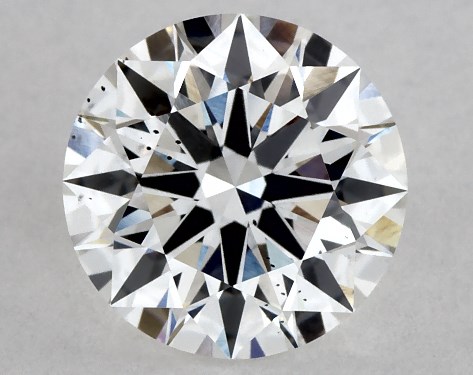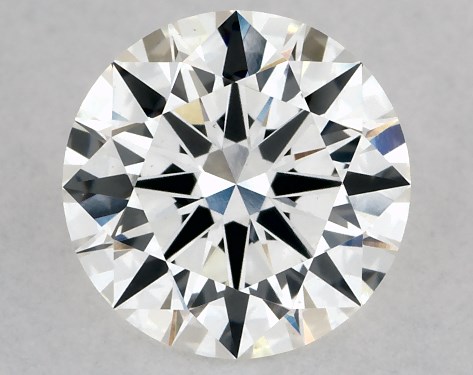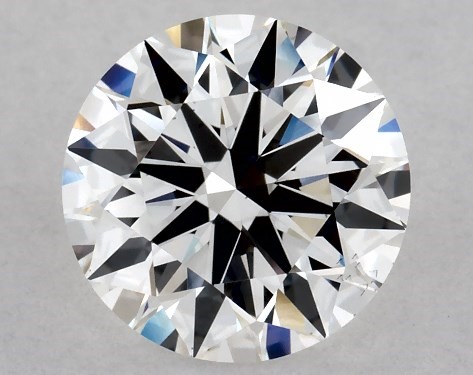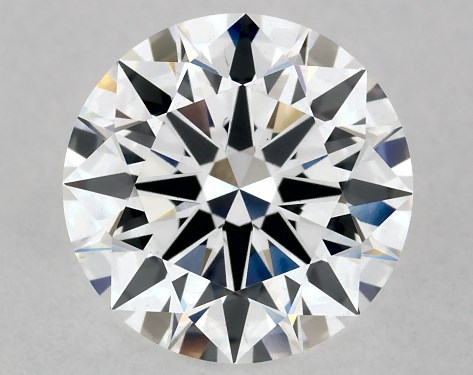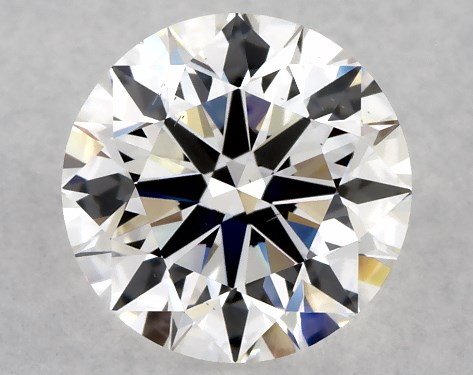1
Choose a
diamond
2
Choose a
setting
3
Complete
ring
Natural
Lab-Grown
Shape
Cut
Color
Carat
Clarity
Price
Advanced Options
Clear Filters
Lab Grown Diamonds
[8,214 of 56,851]To design your own diamond engagement ring at James Allen, select a lab grown diamond and a ring setting. We present every diamond in high definition 360° so you know exactly what you are getting.
On Sale
Shipping Date By
Any Date
Sort By
Best Match
Lab Grown Diamonds
Lab grown diamonds are chemically and visually identical to their natural counterparts, so you never compromise on quality and get more bling for your buck. A budget-friendly alternative, lab grown diamonds are graded just like their natural counterparts using the 4Cs: cut, color, clarity, and carat weight. These certificates ensure you always get a gemstone of the highest quality.
When you choose lab grown diamonds, you’re choosing sustainable sparkle that is certified conflict-free.
Our incredible selection of lab grown dazzle has something for everyone, ensuring you find the perfect fit for your unique style. Explore all the cuts and shapes including round, oval, cushion, marquise, pear, emerald-cut, radiant, asscher, princess, and heart. You can also shop based on one of the 4Cs, to help you pick the perfect stone/
Experience the brilliance and value that is lab grown diamonds at James Allen and shine bright in a responsibly sourced gem that fits your style and budget!
FAQs About Lab Grown Diamonds
Are lab grown diamonds real diamonds?
Yes, lab grown diamonds are real diamonds. They have the same chemical composition, physical properties, and optical brilliance as natural diamonds. The primary difference lies in their origin: lab grown diamonds are created in controlled environments, while natural diamonds form over billions of years beneath the Earth’s surface.
What are lab grown diamonds?
Lab grown diamonds, also known as synthetic or cultured diamonds, are diamonds produced in controlled laboratory environments. They possess the same chemical composition, crystal structure, and physical properties as natural diamonds, making them virtually indistinguishable to the naked eye. The primary difference lies in their origin: natural diamonds form over millions of years deep within the Earth’s mantle, while lab grown diamonds are created over weeks or months using advanced technological processes. The two predominant methods for creating these diamonds are High Pressure High Temperature (HPHT) and Chemical Vapor Deposition (CVD). HPHT simulates the high-pressure, high-temperature conditions under which natural diamonds form, whereas CVD involves breaking down carbon-containing gases to deposit diamond layers onto a substrate. 
How are lab grown diamonds made?
Lab grown diamonds are produced using two main methods: High Pressure High Temperature (HPHT) and Chemical Vapor Deposition (CVD). HPHT simulates the natural conditions of diamond formation by applying high pressure and temperature to carbon. CVD involves breaking down carbon-rich gases in a chamber, allowing carbon atoms to deposit and form a diamond layer by layer.
Can lab grown diamonds be used in engagement rings?
Yes. Lab grown diamonds are increasingly popular choices for engagement rings and other fine jewelry. They offer the same aesthetic appeal as natural diamonds and are available in various cuts, colors, clarities, and carat weights. Many jewelers offer a wide selection of lab grown diamond engagement rings, catering to consumers seeking both beauty and value. Additionally, lab-grown diamonds can be 20-30% less expensive than mined diamonds, allowing buyers to select larger or higher-quality stones within the same budget.
Why are lab grown diamonds cheaper than natural diamonds?
Lab grown diamonds are generally 30-40% less expensive than natural diamonds. This price difference is due to the controlled production process, which reduces the costs associated with mining, transportation, and rarity. Additionally, the ability to produce diamonds on demand lowers their market value compared to naturally scarce diamonds.
Can you tell the difference between lab-grown and natural diamonds?
To the naked eye, lab grown and natural diamonds look identical. Even trained gemologists require specialized equipment to distinguish between the two. Lab grown diamonds may have unique inclusions or growth patterns, but these are not visible without magnification.
Are lab grown diamonds environmentally friendly?
Lab grown diamonds are considered more environmentally friendly than mined diamonds. Their production avoids the ecological disruption caused by mining. However, the environmental impact depends on the energy sources used in their creation. Labs utilizing renewable energy contribute to a lower carbon footprint.
What shapes are available?
Lab grown diamonds are available in a wide array of shapes, catering to diverse aesthetic preferences. At James Allen, we offer an extensive selection of lab-grown diamonds in various cuts, including:
• Round: Known for its classic appeal and exceptional brilliance.
• Princess: A square or rectangular shape with pointed corners, offering a modern look.
• Cushion: Features rounded corners and larger facets, combining a vintage feel with contemporary sparkle.
• Marquise: An elongated shape with pointed ends, creating the illusion of greater size.
• Oval: Elongated round shape, offering a flattering appearance on the finger.
• Emerald: A rectangular shape with step cuts, known for its elegant and sophisticated look.
• Asscher: Similar to the emerald cut but square-shaped, featuring a distinctive “X” pattern when viewed from above.
• Pear: A combination of round and marquise shapes, resembling a teardrop.
• Radiant: A rectangular or square shape with brilliant-cut facets, offering substantial sparkle.
• Heart: A romantic heart-shaped cut, symbolizing love and affection.
Do lab grown diamonds hold their value?
Lab grown diamonds are evaluated and graded using the same 4Cs criteria as natural diamonds: Cut, Color, Clarity, and Carat weight. Cut assesses how well the diamond has been shaped and faceted, affecting its brilliance. Color measures the absence of color in white diamonds, with a scale from D (colorless) to Z (light yellow). Clarity examines the presence of internal or external imperfections, known as inclusions and blemishes. Carat weight indicates the diamond’s size. Reputable gemological laboratories, such as GIA and IGI, provide certification for lab-grown diamonds, ensuring their quality and authenticity.
Can lab grown diamonds be certified?
Yes, reputable gemological laboratories, such as the Gemological Institute of America (GIA) and the International Gemological Institute (IGI), provide grading reports for lab grown diamonds. These certifications assess the diamond’s cut, color, clarity, and carat weight, offering transparency and assurance of quality.
Are lab grown diamonds available in different colors?
Are lab created diamonds good quality?
Yes, lab created diamonds are of high quality. They are chemically, physically, and optically identical to natural diamonds. This means they exhibit the same hardness, brilliance, and fire that make diamonds desirable. Lab grown diamonds are graded using the same criteria as natural diamonds, known as the 4Cs: Cut, Color, Clarity, and Carat weight. Reputable gemological laboratories, such as the Gemological Institute of America (GIA) and the International Gemological Institute (IGI), provide certification for lab-grown diamonds, ensuring their quality and authenticity. It’s important to purchase from reputable jewelers who provide certified stones to ensure the quality of the diamond.
Where is the best place to buy lab grown diamonds?
At James Allen, we offer an extensive collection of high-quality lab grown diamonds. Each diamond is presented in high-definition 360° imagery, so you can review your gemstone from every angle and see every scintillating sparkle. 100% real and providing incredible bling for your buck, you can also customize your lab grown jewelry, to create dazzle that is uniquely yours. So get ready to experience the brilliance and value of lab grown diamonds!
Are lab grown diamonds ethical?
Lab grown diamonds are often considered a more ethical choice compared to some natural diamonds. Their production does not involve mining, which can be associated with environmental degradation and human rights issues in certain regions. By choosing lab-grown diamonds, consumers can avoid concerns related to “conflict diamonds” or “blood diamonds,” which are mined in war zones and sold to finance armed conflict against governments. Furthermore, the controlled environment of lab grown diamond production ensures transparency and traceability, appealing to ethically conscious consumers.


